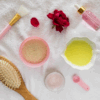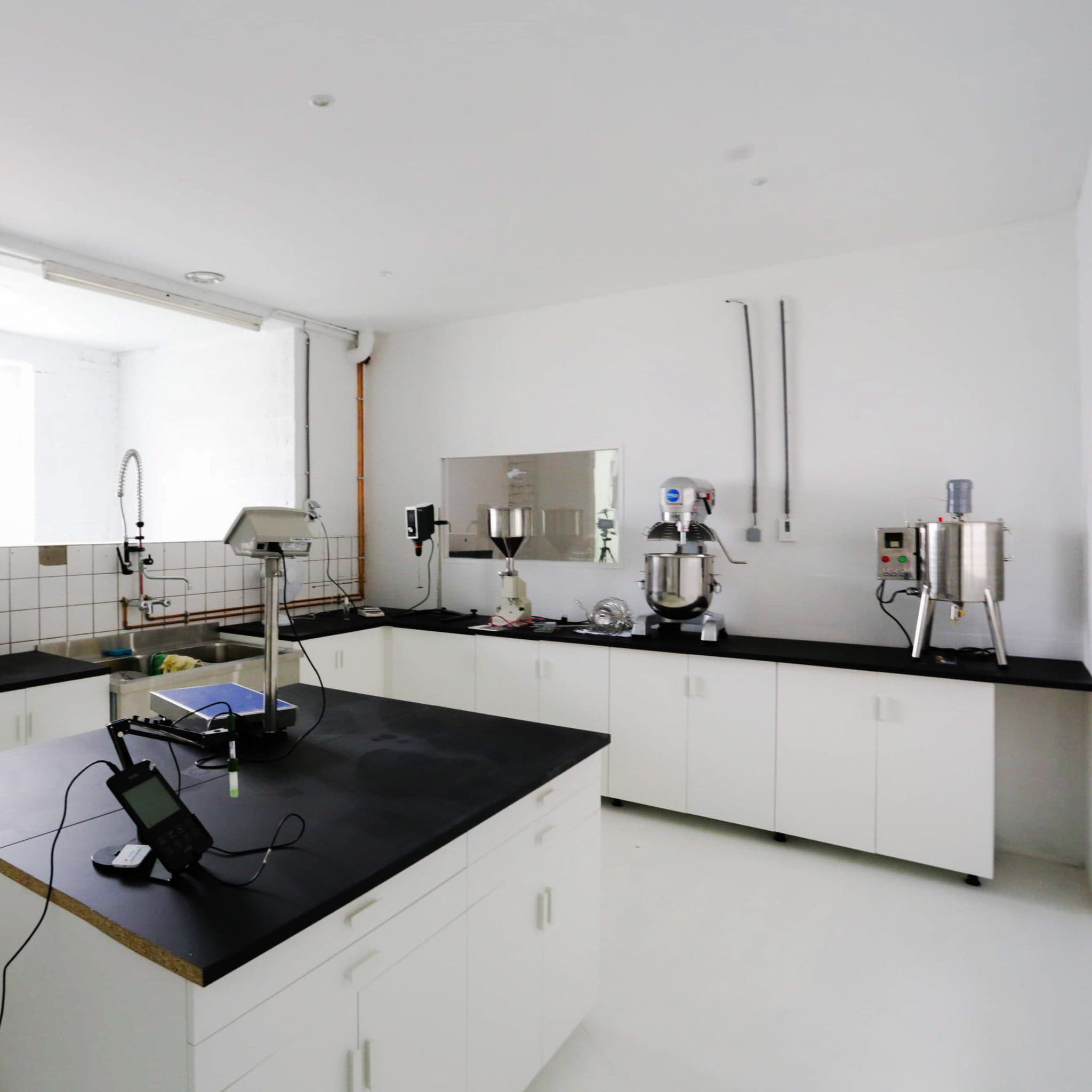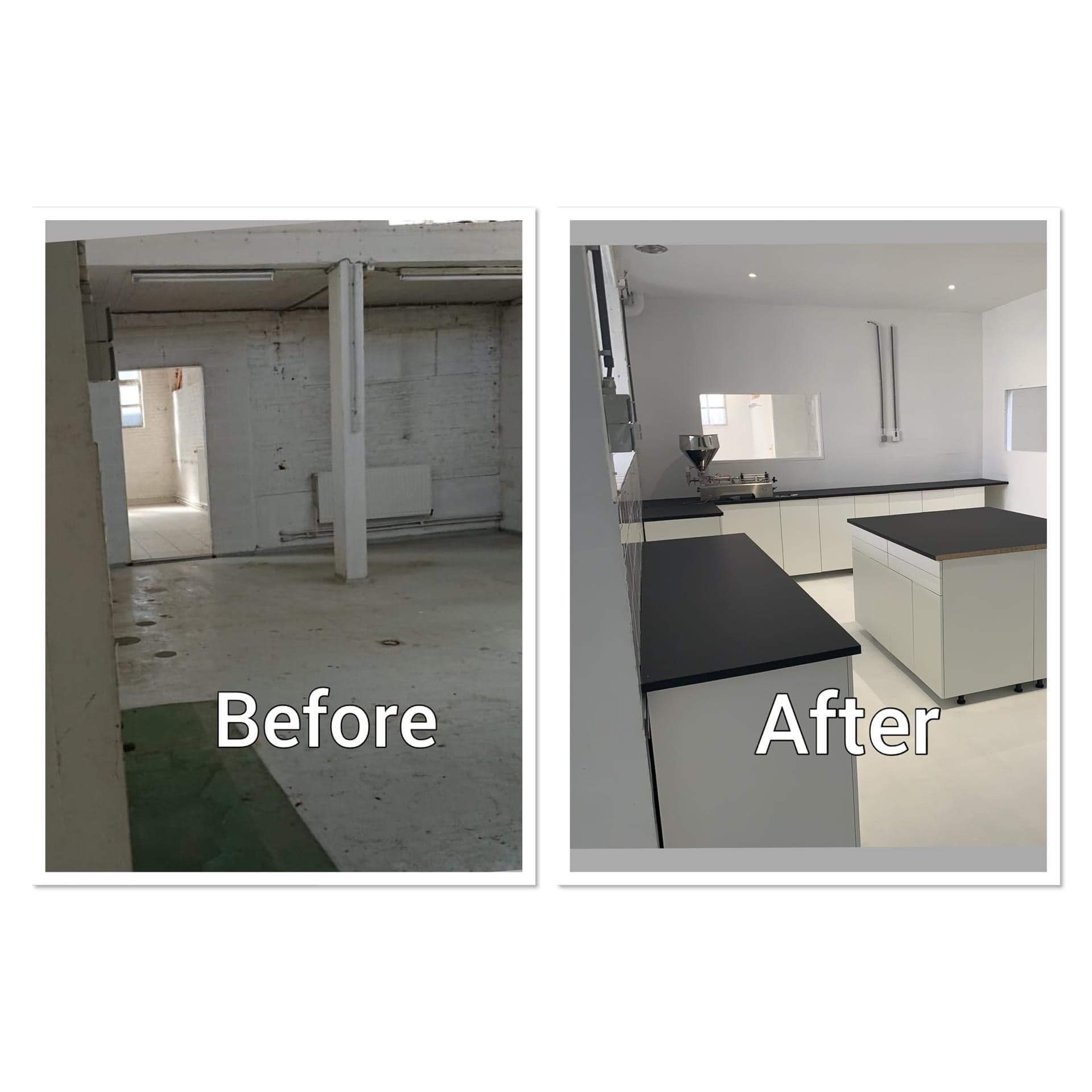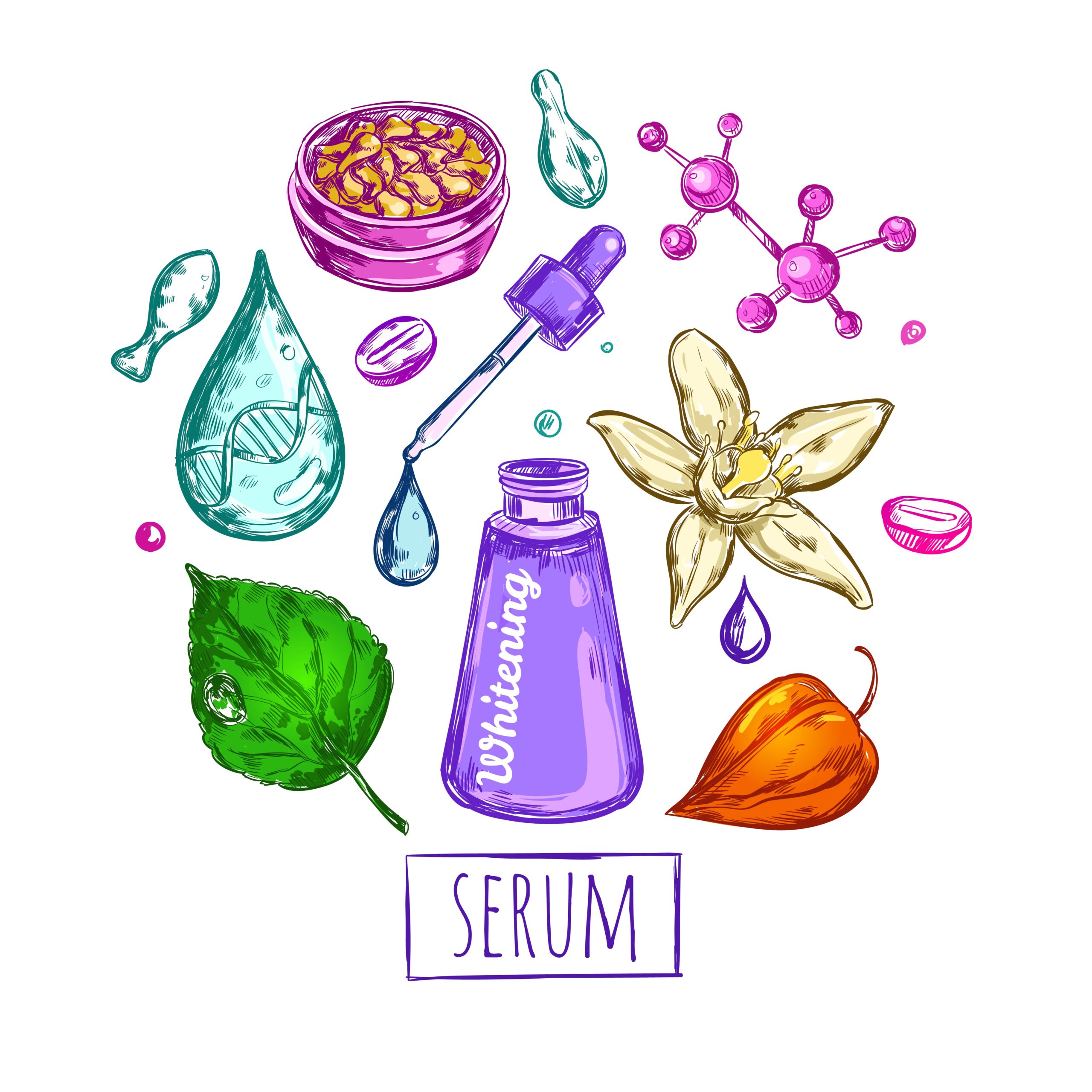Holiday Deadlines Every Beauty Brand Should Know: When to Formulate, Produce and Ship
Let’s stir up some magic in the lab with today’s hot topic: the holiday season! The holiday season is the biggest sales moment of the year for most beauty brands. It is also the most unforgiving. Miss one deadline and you end up with stock arriving after Christmas, claims you cannot back up, artwork that needs reprinting, or preserved systems that fail under bathroom realities. As a cosmetic chemist working with indie founders and fast-growing brands, I have learned that holiday success is not about working harder. It is about sequencing chemistry, compliance and commercial tasks so your product ships on time and performs perfectly in customers’ hands. This guide gives you a realistic, EU-ready schedule to be ready for the holidays!
Work backwards from the launch date
Instead of asking when to start, decide when you want product on shelf. For most brands targeting Christmas, that means in-store or in-fulfilment by early to mid-November, with wholesale deliveries often pulled forward into late October for merchandising and photography. From there, work backwards for formulation, stability, packaging, safety, notification and logistics. When you reverse-engineer the date, the friction disappears and your team stops guessing.
For EU launches, remember your legal foundations. Every cosmetic placed on the market must comply with Regulation (EC) No 1223/2009, have a Product Information File with a signed Cosmetic Product Safety Report, be manufactured under GMP, and be notified in the Cosmetic Products Notification Portal before first sale. None of this is optional and each step takes real calendar time. Build them into your holiday plan from day one.
Your holiday runway at a glance
A lean, retail-ready holiday item can move from concept to shelf in anywhere between 3 to 12 months. If you are creating a brand-new formula rather than a private label product or a limited-edition scent, plan for the longer end of that range. But if you are launching the same products in new formats, with new scents, new packaging, this can be done in a matter of a couple of months. Private label (or white label) is also a way to add quality products to your range without breaking the bank and in a matter of a few weeks.
Generally speaking, the holiday season is for:
- Re-launching best sellers in giftable sizes
- Re-launching best sellers in limited edition scents
- Launching bundles of existing products in gift boxes
- Launching a limited edition product (maybe to test the product for the upcoming year)
It can absolutely be a good time to launch a new product too. However, if you expect high sales from the holidays, it will be easier if you already have a following and customers ready to buy from you. If you are just starting and no one knows you, you risk being disappointed by your sales performance over the holidays.
Below, I’ll break down timelines for 3 different scenarios to help you choose the best route:
Bundles & Re-Launches
Weeks 1-2: Selection
These 2 weeks will serve to order a production slot with your manufacturer (ideally, it should have been done sooner but if not, it is highly time to do so) and to select which products will go through re-launches & bundles, select new packaging and new scent options.
Weeks 3-6: Sampling
Order samples of packaging, boxes, scents, start working on the new label & box designs. By the end of these 3 weeks, you need to have your final selections ready and your designs ready for review.
Week 7: Placing orders
This week is dedicated to finalise the designs and all your orders for the new boxes, packaging, scents.
Week 8-12: Marketing & Compliance
These 4 weeks are usually the time it takes for the boxes to be made (usually the longest item). So while you wait for the boxes, packaging, labels, new scents, to arrive to your manufacturer, use this time wisely and spread the excitement about the upcoming holiday gifts that will find their place under your customers’ Christmas trees!
If you are based in the EU or the UK, you will need to register these products and bundles on the CPNP/SCPN. New scents and gift sets count as new products.
Week 12-16: Photoshoots & Launch
Everything is ready for production by Week 12 (if there are no delays) and you’ll need about 2-4 weeks for production. This is the time to take some shots of the packaging, set up a pre-ordering system if you want, get behind the scenes shots, and announce the launch date!
Private Labelling
Weeks 1-2: Selection
These 2 weeks will serve to contact different manufacturing labs (unless you already have yours and they have a private label catalogue – just like us at MB Cosmetics Lab), to ask for their private label / white label catalogue. During this timeframe, you’ll go through the catalogues and ask more information on the products that interest you the most and ask them for the scent options they offer for their products. This is also the time to start looking for the packaging you want.
Weeks 3-6: Sampling
Reach out the the lab(s) again to rrder samples of the products you are seriously considering, scents that interest you and pricing for the number of units you would like to launch with. This is also a good time to order different packaging before making the final selection! Document this process on your social media for more engagement! This is also a good time to start your labels and boxes designs. Even if you can’t finalise them before the final selection, it is still best to have the base ready.
Week 7: Placing orders
This week is dedicated to place your orders for the selected products, scents & packaging. You can now finalise the labels and boxes designs and ask your manufacturing lab what information you need from them.
Week 8-12: Marketing & Compliance
These 4 weeks are usually the time it takes for the boxes to be made (usually the longest item unless you’ve asked for custom packaging, then it may take longer). So while you wait for the boxes, packaging and labels to arrive to your manufacturer, use this time wisely and spread the excitement about the upcoming holiday launches that will find their place under your customers’ Christmas trees!
If you are based in the EU or the UK, you will need to register these products on the CPNP/SCPN. You’ll need your manufacturer’s own CPNP reference numbers for each of the products you are going with as you’ll need to notify them under ‘distributor’ instead of ‘new product notification’.
Week 12-16: Photoshoots & Launch
Everything is ready for production by Week 12 (if there are no delays) and you’ll need about 2-4 weeks for production. This is the time to take some shots of the packaging, set up a pre-ordering system if you want, get behind the scenes shots, and announce the launch date!
Formulation From Scratch
Months 1-2: brief, base vehicle and early compliance guardrails
Start with a tight brief. Detail everything that comes to mind in terms of appearance, texture, scent, feel, preferred ingredients, ingredients to avoid at all costs, desired packaging, etc. Capture target RRP, target margin, intended markets and any non-negotiables like fragrance-free, vegan or microplastics-free visuals.
If you are formulating yourself, you can already have viable samples up and running by end of month 1 and have an almost finalised version that has been tested by friends and family by end of month 2. However, if a lab is doing the development for you, the first month will be used to talk product detail, budget, contracts and the second month will be focused on R&D by the lab and you’ll only get your first samples by month 3.
Months 3–6: finalising formula
During these months, you’ll be testing samples, providing feedback and testing samples again. In an ideal world, you’d be able to finalise your formula by Month 6, if you are working with a lab (but in all honesty, it can last longer than sometimes). And by Month 4 if you are formulating yourself.
Take this time to select and test your final packaging as you’ll need some samples for the next steps.
This is the time to start document the process for social media content!
Months 6–9: testing
Wherever you are based in the world, you’ll need basic tests performed on your formula: a stability test and a challenge test. The stability test takes 12 weeks and helps make sure your formula is stable under various conditions and determine its shelf life. The challenge test, also known as preservative efficacy test, lasts 5 weeks and makes sure your formula is adequately preserved.
While the products are in testing, this is the time to order your packaging and make sure it will arrive on time. But also to start designing your labels/boxes with all the mandatory information that are required by your country’s cosmetic legislation.
If you have formulated your products yourself but wish to outsource manufacturing, please do reach out to manufacturing labs during month 6 already for quotes, timelines, etc.
Keep creating an audience that yearns for the products you will be launching and keep posting daily and engaging with your audience.
Months 9–10: safety assessment & registration
Once the lab tests are completed, and depending on where you are based, you may also need a safety report (and a PIF for the EU & the UK). You’ll also need to register your brand and products on governmental platforms. You can also now finalise your labels and boxes with the last bits if information from your safety report and order them.
Months 11–12: production and launch
You have your formula, your packaging has arrived, your labels have arrived, your boxes are either production or in transit, your compliance steps are completed and you are now ready to have your products manufactured! If you have formulated your products yourself but wish to outsource manufacturing, please do reach out to manufacturing labs during month 6 already for quotes, timelines, etc.
This is the time to announce a launch date, and get your audience excited. Organise photoshoots, spread the word, organise collabs, etc.
Before I say goodbye for the week, let me leave you with my final thoughts.. and a gentle nudge!
Holiday launches reward disciplined simplicity. Decide what the product must do for the customer on the coldest day of December, then build a formula and a file that deliver that promise under real use. Keep your test plan practical and predictive. Let your packaging express the story without compromising preservation or stability. Put your compliance milestones on the same calendar as your photoshoot and your first retailer intake. When you do that, the season feels calm, your team sleeps, and your sell-through tells the story in January.
If you want help mapping your holiday runway, book a consultation and I will tailor this blueprint to your formats, channels and markets. We can run the formulation sprints, set the stability and compatibility matrix, structure your claims and assemble the PIF so your CPNP registration is completed with time to spare.
Here’s to formulas that work and brands that thrive!
From my lab to yours,
Rose









Add comment